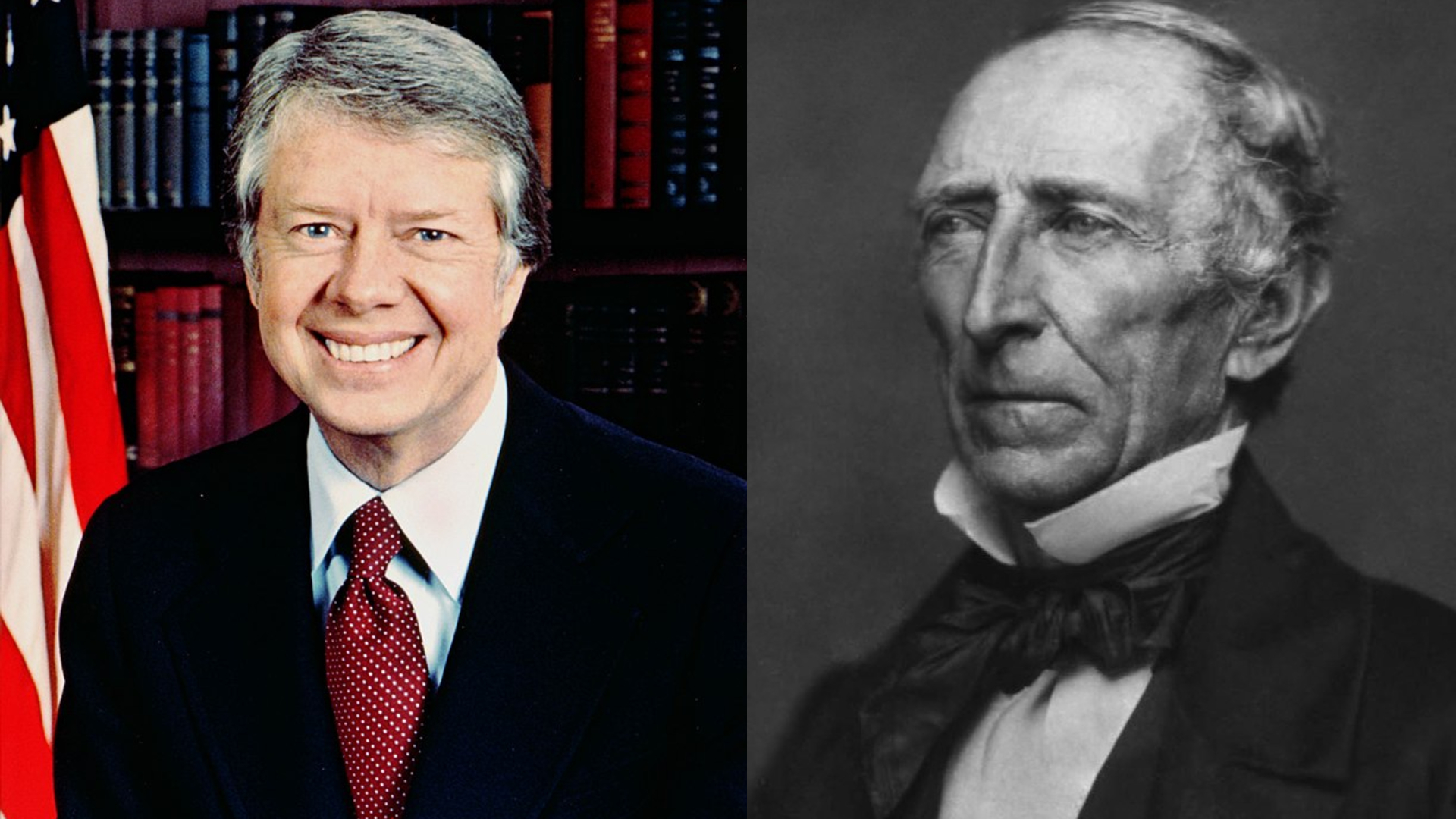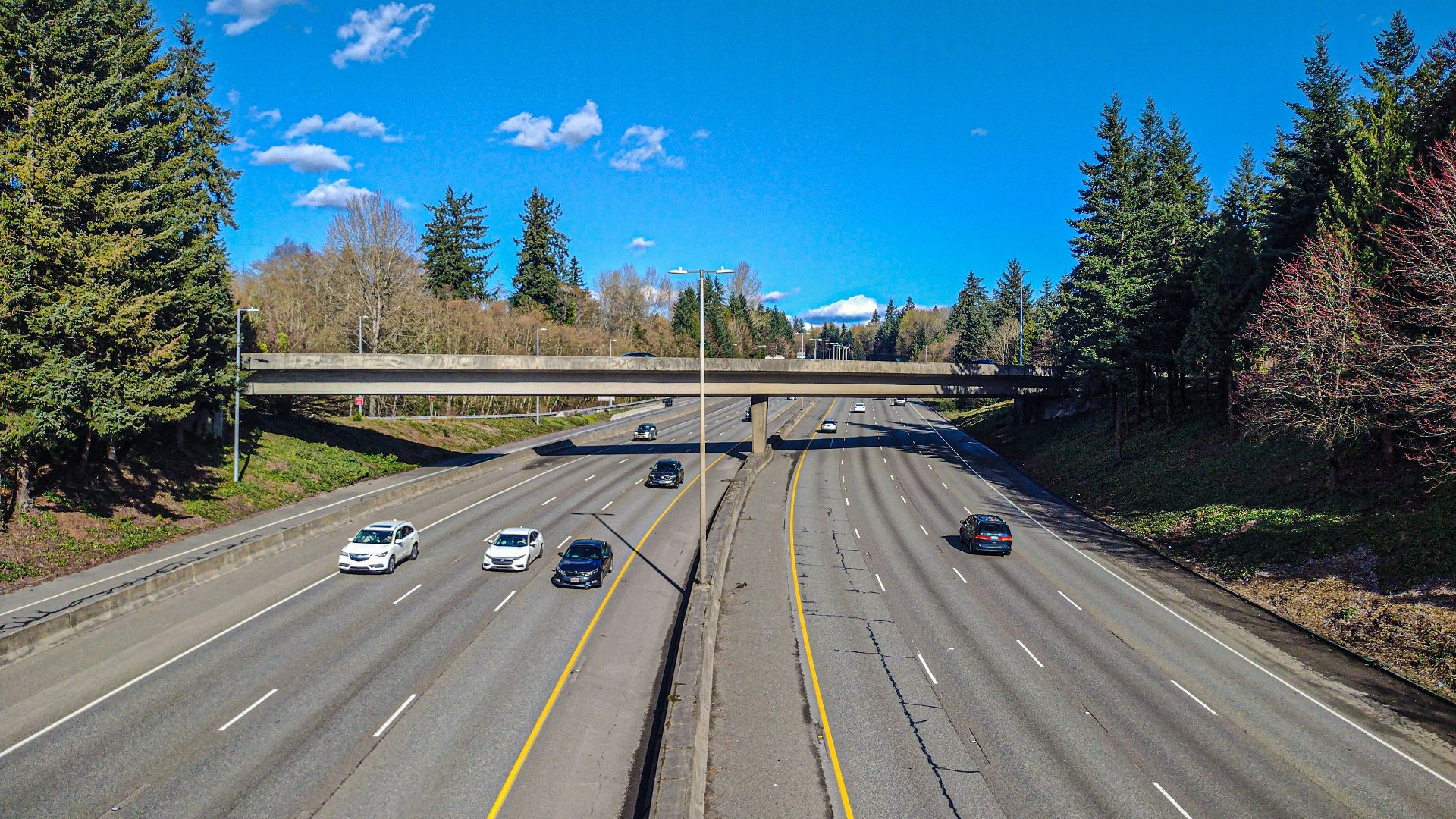The city of Amsterdam is well-known to be the biking capital of the world, with over 400 km of bike paths, 800,000 bicycles, and nearly 70% of the population using a bike to make their daily commutes, according to statistics from the Swiss Federal Technology Institute of Lausanne.
But it wasn’t always this way. In the 1960s and 70s, the city was flush with cars thanks to a post-war boom that increased the country’s economy. This sudden shift came with a wave of policy changes by government officials, with massive areas of the city being torn down to make way for roads.
These changes weren’t good environmentally or socially, but they were especially bad in terms of safety. In 1971, Amsterdam bore witness to 3,300 traffic-related deaths, with over 400 of those deaths being children in that year alone.
The people had had enough. Rallies, protests, and advocacy groups took to the streets to resist these changes. “Stop de Kindermoord,” or “Stop the Child Murder,” was among the most prominent of these groups.
The first president of this group, former Dutch MEP Maartje van Putten, shared her story with the London Cyclist in January of this year.
“We blocked roads. We had one day a year where the street was taken back from cars. Our key issue was that the street was our common territory, but it had been totally taken over by car traffic,” she said.
From a combination of these protests, including a large bike tour that ended at Barend Biesheuval’s home (the Dutch Prime Minister at the time), to the formation of the First Only Real Dutch Cyclists’ Union, and the 1973 oil crisis, Dutch politicians reshifted their priorities again—only this time to make cities more bike-friendly.
In 2024, 675 people were killed by road deaths in the Netherlands, a nearly 80% decrease from the 1971 statistics, with many cities incorporating car-free or low-emission zones to improve air quality and promote cycling or walking. Their public transportation is also effective, with trains, buses, trams, and ferries operating frequently throughout the day.
The country’s incredible 180 has made the Netherlands one of the safest countries to commute in, while the implemented zero-emission zones are actively working to make the country carbon-neutral by 2050.
It’s evident that achieving a bike and pedestrian-focused way of life is possible, so why hasn’t North America made steps towards this change?
Is It Possible?
There are some obvious differences between countries like the United States and Canada when compared to the Netherlands. For one, the Netherlands spans a total area of 41,865km2, which is smaller than the USA’s Virginia, Mexico’s Morelos, and Canada’s province of New Brunswick.
The concept of creating effective, nation-wide car-free transit is daunting, both spatially and financially, especially when rural areas won’t make back the money required for an elegant system. Those who travel to many different locations for work or must find their way to remote locations will also need to maintain some autonomy over their transportation methods.
However, urban areas and city centres could be making some changes. Minneapolis, Montréal, and Mexico City are all great examples of how cycling can be implemented into transportation structures. That said, these cities still have low cycling commute numbers when compared to Amsterdam, with 4%, 8.3%, and 2.1% respectively, throughout the past 6 years.
The primary deterrents for cycle-friendly cities are threefold: Longstanding infrastructure investments that favor vehicles, our countries’ cultural identities being so closely intertwined with what the automobile represents, and an overwhelming lack of public outcry.
The answer is simple, although the process is complex. If we care about making our cities pedestrian-focused (walking, cycling, and with effective public transit), it must be shown through our actions. We must put aside our preconceived opinions of what everyday travel looks like, speak on behalf of our communities, and strap in for the mind-numbing, lengthy process of bureaucratic change.
Maybe then, and only then, will a greater percentage of North Americans find themselves looking for their bike locks instead of their car keys.
KEEP ON READING

1 Weird Fact About Every President
Washington, Lincoln, FDR. Most people know something about the lives…
By Robbie Woods Dec 3, 2024
10 Actors Who Perfectly Played a Historical Figure & 10…
Which Performance is Your Favorite?. Playing the role of a…
By Rob Shapiro Sep 15, 2025
10 Actors Who Weren't Up To Playing A U.S. President…
Who Wouldn't Vote Woody Harrelson for President?. Actors who sign…
By Rob Shapiro Oct 22, 2025
10 Amazing Popes & 10 Who Weren't So Great
An Odd Cast of Characters Throughout History. From popes who…
By Henry Judd Apr 29, 2025
10 Ancient Civilizations You Don’t Want to Be Trapped In…
Grab Your Time Machine. Trying to pick out an ancient…
By Farva Ivkovic Feb 21, 2025
10 Ancient Lost Cities Yet To Be Found & 10…
Will You Find The Next Lost City?. Based on our…
By Breanna Schnurr Aug 27, 2025


